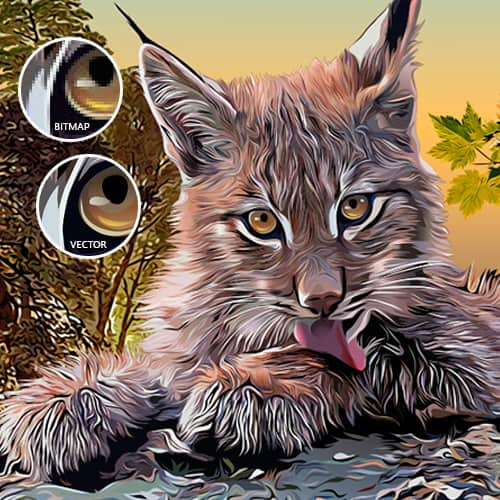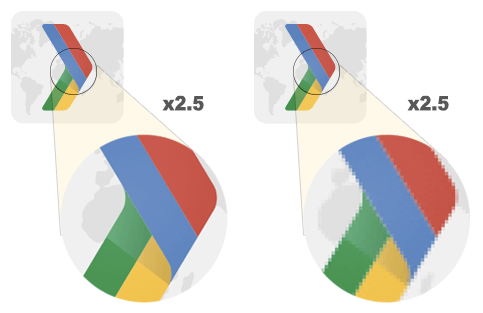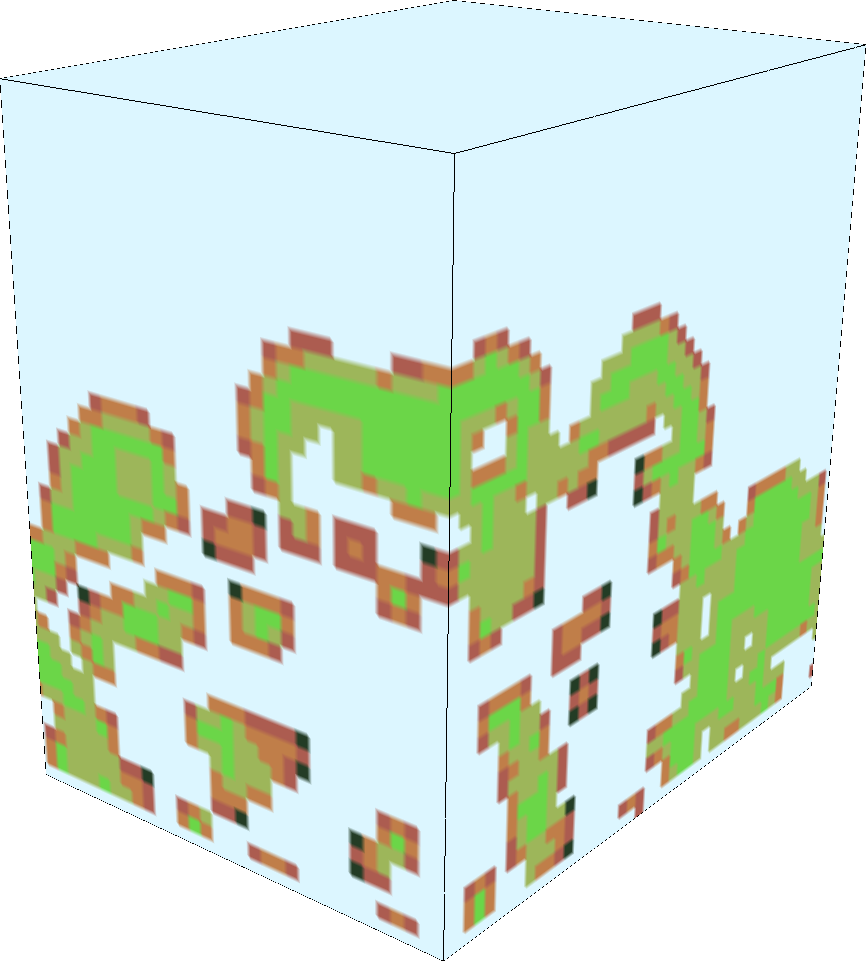
- Vector 2d vs vector 3d vs raster 3d how to#
- Vector 2d vs vector 3d vs raster 3d pdf#
- Vector 2d vs vector 3d vs raster 3d software#
Whenever you hear anything related to graphic design, the first tools that come to a designer’s mind are Adobe Illustrator and Coreldraw. With practice and experimentation, you can create beautiful and unique vector art that reflects your creativity and brand identity.
Vector 2d vs vector 3d vs raster 3d pdf#
Save and export: Save your vector art in a proper format, such as AI, EPS, or SVG, and export it as a PNG, JPEG, or PDF for further use.This includes resizing, reshaping, adjusting colors, and adding effects. Edit and refine: Use the software’s editing tools to refine your vector art.Start with the basic shapes and add details as you go along. Start drawing: Use the software’s drawing tools, such as the Pen tool, Shape tools, and Gradient color tools, to create your vector art.
Vector 2d vs vector 3d vs raster 3d software#
Create a new document: Open a new record in your chosen software and set up the size, resolution, and color mode according to your requirements.Your idea should be presented in written form to visualize it better. Sketch your idea: Create a rough sketch of your opinion on paper or digitally to have a blueprint for your vector art.Choose an idea: Decide on the subject matter of your vector art, e.g., landscape or abstract.
Vector 2d vs vector 3d vs raster 3d how to#

This is important for creating responsive designs that adapt to different screen sizes. Second, because vector graphics are independent of resolution, they can be scaled up or down without losing quality or becoming pixelated.

First, vector graphics are lightweight and have small file sizes, making them ideal for use on websites with critical load time. There are several reasons why vector art is used a lot in modern web design. Why Is Vector Art Important in Modern Web Design? Vector art can be created using software programs such as Adobe Illustrator or CorelDRAW, and it is commonly used in industries such as advertising, printing, and web design.

This makes vector art ideal for logos, illustrations, and other designs that need to be scaled up or down without losing detail.

Unlike raster images, which are pixels, vector graphics are composed of paths and curves that can be resized, edited, and manipulated without losing quality or clarity. Vector art design is a type of graphic design that uses mathematical equations to create digital images. This blog has everything you need to know about vector art design, from basic principles to advanced techniques. As a graphic designer, you must learn vector art design.


 0 kommentar(er)
0 kommentar(er)
